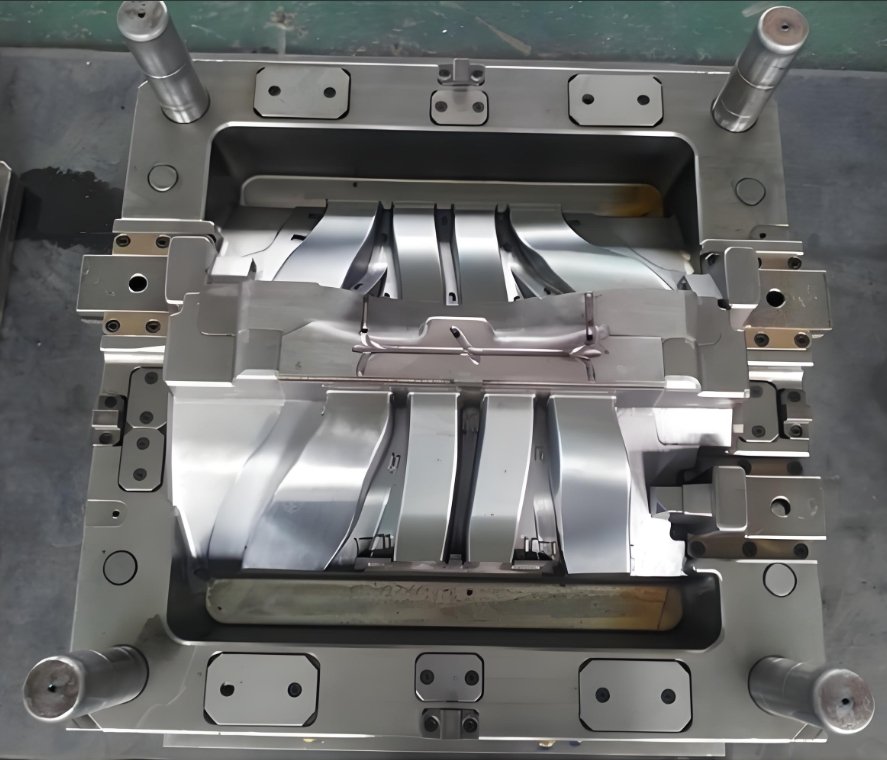Intake Manifold Mold-Making Process: Problems and Solutions
The intake manifold is an essential engine part. It controls the air entering the engine’s cylinders. Creating this part involves precision. Injection molding is a common method used. A mold maker plays a big role in making this part.
In this article, we will cover the process of making an intake manifold mold. We will also discuss problems mold makers face and how they solve them.
Step 1: Design
The first step in the intake manifold mold-making process is design. The mold maker starts by creating a 3D model. The design must be exact. A small mistake in the design can cause issues. Injection molding requires a precise mold to ensure the part works well.
Injection mould companies often work closely with the customer during this phase. They gather detailed information about the part. This includes size, material, and shape. A detailed design helps avoid problems later.
Step 2: Material Selection
Choosing the right material for the mold is critical. The mold maker must choose a material that can handle high heat and pressure. Injection molding uses materials like steel or aluminum for molds. Steel is often used for long production runs. Aluminum is better for small batches.
If the wrong material is selected, the mold can wear out quickly. This leads to more costs. To solve this problem, mold makers rely on their experience. They know which material works best for different production needs.
Step 3: Mold Manufacturing
After the design and material selection, the mold is manufactured. This process involves machining and polishing. A mold maker uses tools like CNC machines to shape the mold. The goal is to create a smooth surface. This ensures the intake manifold will have a perfect finish.
However, during manufacturing, problems can arise. Sometimes, the mold isn’t perfectly aligned. This can cause defects in the final product. To fix this, mold makers use precise measurement tools. Injection mould companies often inspect the mold at every stage to catch problems early.
Step 4: Injection Molding
Once the mold is ready, the injection molding process begins. The mold is placed in the injection molding machine. Plastic or another material is melted and injected into the mold. It then cools and hardens to form the intake manifold.
One common problem during injection molding is shrinkage. The part may shrink as it cools. This can affect the size and shape of the intake manifold. Mold makers solve this by adjusting the mold size. They create a slightly larger mold to compensate for shrinkage.
Another issue is warping. This happens when the part cools unevenly. Warping can cause the intake manifold to become misshapen. The solution is to control the cooling process. Mold makers often use cooling channels to ensure even cooling.
Step 5: Quality Control
After the injection molding process, quality control is crucial. The intake manifold must meet strict standards. Mold makers check for defects such as cracks, warping, or poor surface finish.
If a problem is found, it is important to act fast. Injection mould companies often use testing equipment to identify issues. If the problem comes from the mold, the mold maker may need to adjust the design or manufacturing process. This ensures the next batch of parts is free from defects.
Common Problems and Solutions
1. Tool Wear
Mold tools can wear down over time. This leads to poor-quality parts. One solution is using harder materials for the mold. Injection mould companies also perform regular maintenance to extend the mold’s life.
2. Incomplete Filling
Sometimes, the material does not fill the mold completely. This can cause the intake manifold to have gaps. Mold makers solve this by increasing the injection pressure. They also check the flow of the material to ensure it reaches all parts of the mold.
3. Flash
Flash occurs when excess material leaks out of the mold. This creates a thin layer of material around the part. The solution is to adjust the clamping force. Mold makers also ensure the mold is properly aligned to prevent gaps.
4. Cooling Problems
As mentioned earlier, cooling is a major issue. Uneven cooling can cause defects. To solve this, mold makers design cooling channels within the mold. This ensures the part cools evenly.
Step 6: Final Adjustments
After quality control, the mold may need final adjustments. The mold maker examines the mold for any signs of wear or damage. If needed, they will polish the mold again. This ensures that the next run of intake manifolds will be flawless.
Injection mould companies take great care at this stage. Any minor mistake can lead to costly repairs later. This is why the final adjustments are crucial.
Creating an intake manifold mold is a detailed process. From design to final adjustments, each step requires precision. A mold maker faces many challenges along the way. Problems like shrinkage, tool wear, and cooling issues can affect the final product. However, with careful planning and the right techniques, these issues can be solved.
Injection molding plays a key role in producing high-quality intake manifolds. Mold makers and injection mould companies must work together to ensure the best results. By addressing problems early and choosing the right solutions, they can create durable and reliable parts.
The intake manifold is a vital engine component. It’s essential that the mold-making process runs smoothly. With the right approach, mold makers can deliver top-notch products that meet the highest standards.

